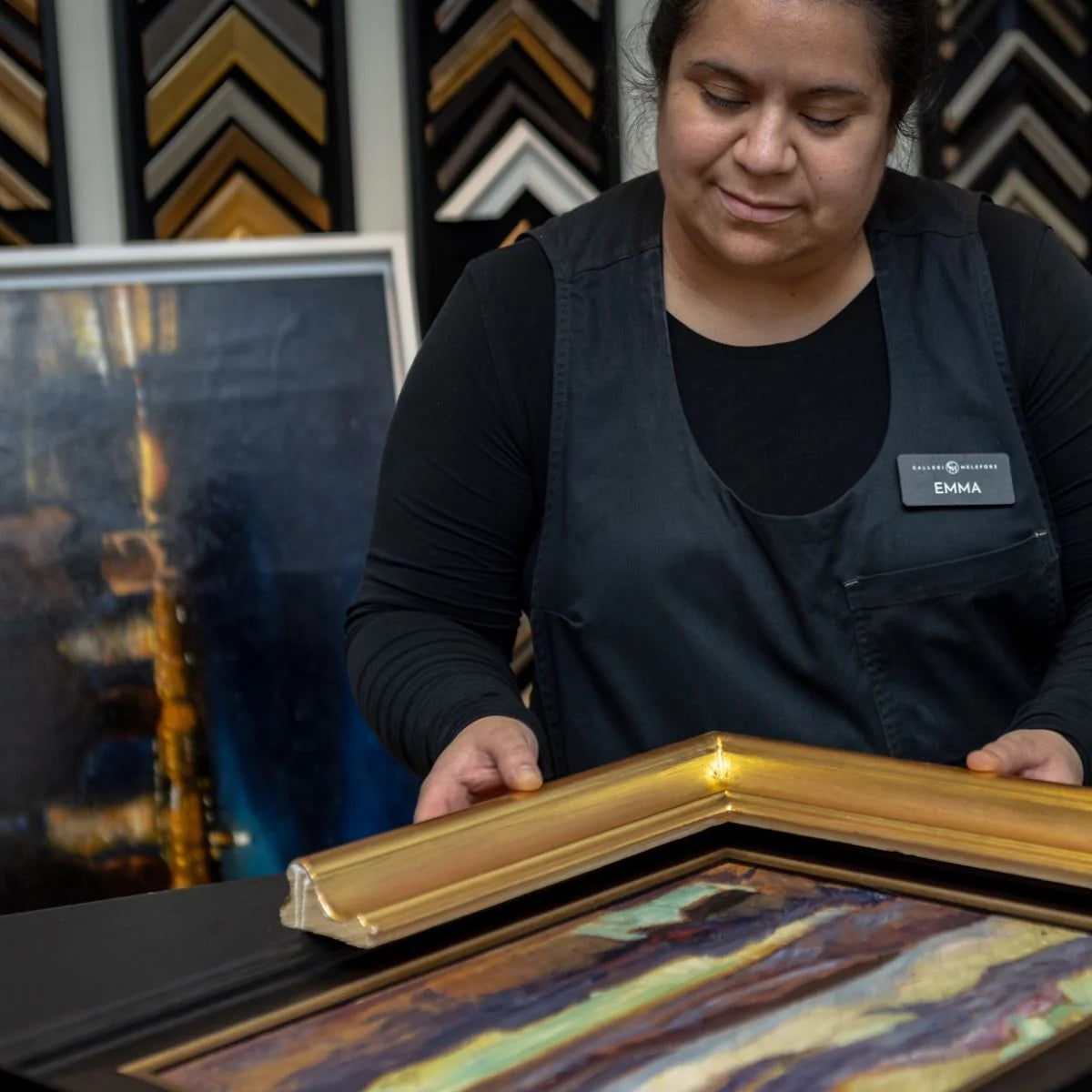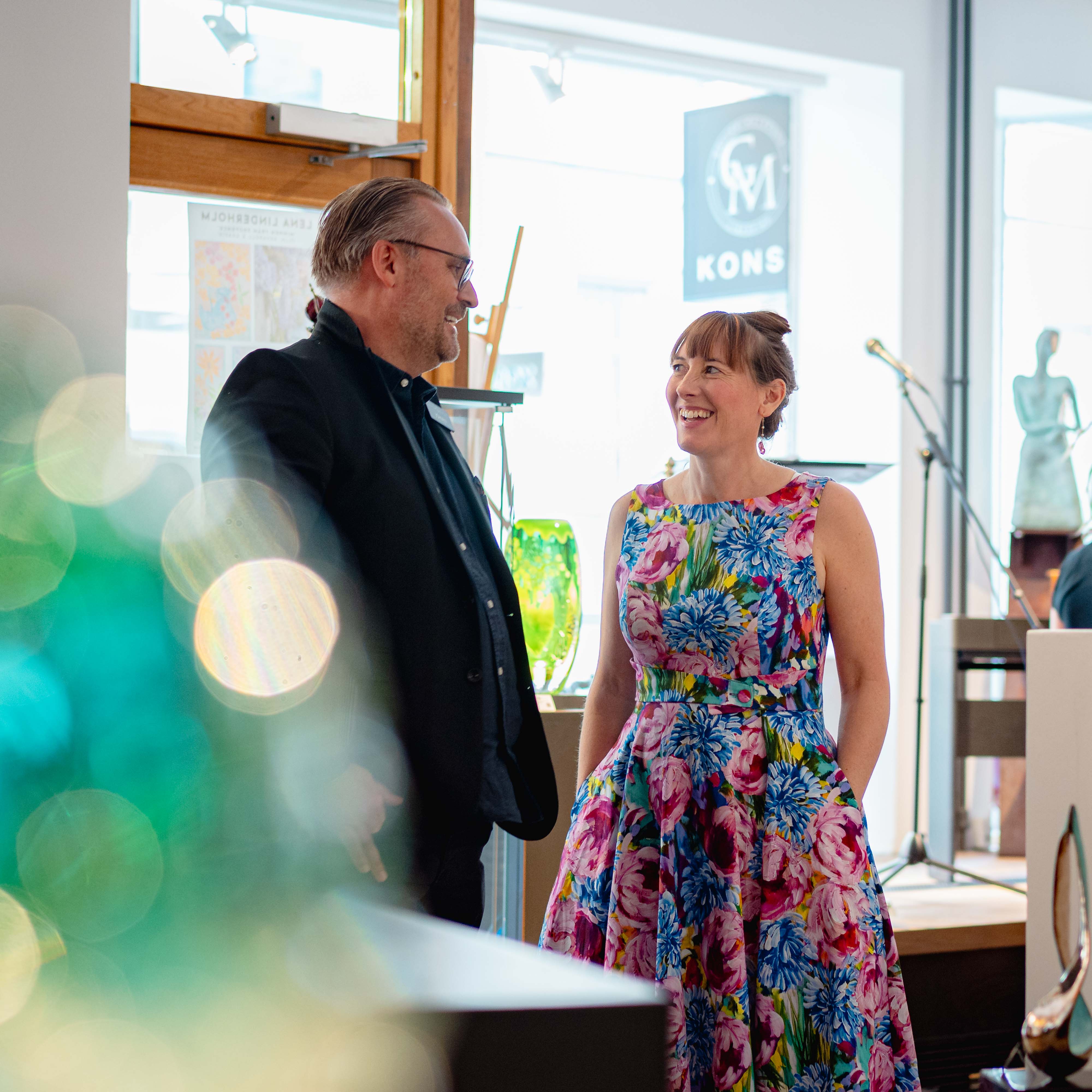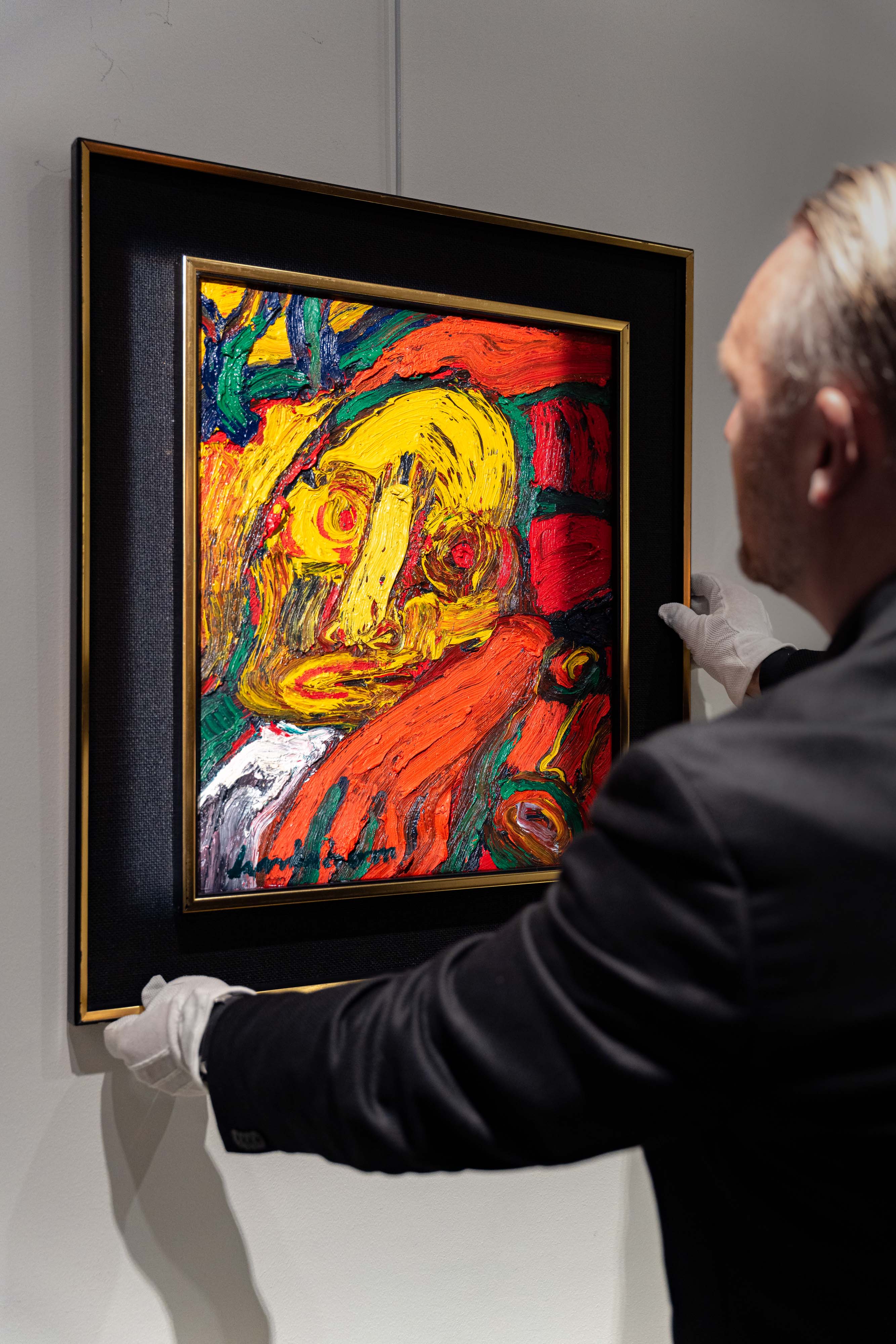
Bauer was born in Jönköping and moved to Stockholm at the age of sixteen to study art. Here he got his first jobs as an illustrator. At the Royal Academy of Fine Arts he met his future wife Esther Ellqvist.
Early in his career, Bauer made a number of trips to Paris, but also to Lapland, Germany and Italy, which forever influenced his art. In 1907, he began illustrating for “Bland tomtar och troll” and was quickly considered one of the country’s foremost fairy tale illustrators. John Bauer painted mostly in watercolors, but also in oil and frescoes. His illustrations have had a profound impact on Swedish folklore and fairy tale telling. An influence that is tangible and constantly relevant over 100 years after his death.















Johan Melefors, born 1971, founder and CEO of Galleri Melefors, grew up in a family that is the third generation in the auction and antiques industry. Already during his childhood, Johan developed an interest in art and since the early 1990s has collected and traded classic, modern and contemporary art. He started Galleri Melefors in Linköping in 2013 when he moved home from Stockholm to his birthplace of Linköping, which he felt lacked an art store and gallery with a breadth of established collector's art and a well-thought-out and future-oriented contemporary catalog to display.

Sell your art - safe and convenient
An art sale should be safe and easy. Everything practical is arranged at an agreed price and there are no hidden fees. Neither by you as the seller nor by the buyer. As an established gallery and art dealer, we can offer you a discreet sale with several options, according to your preferences.
Frame workshop
Framers Emma and Jessica at Galleri Melefors frame workshop have extensive experience in building and...
Rent Art
We are convinced that art contributes to increased well-being and an environmentally friendly atmosphere. This...
For Artists
Are you an artist? Contact us!













































